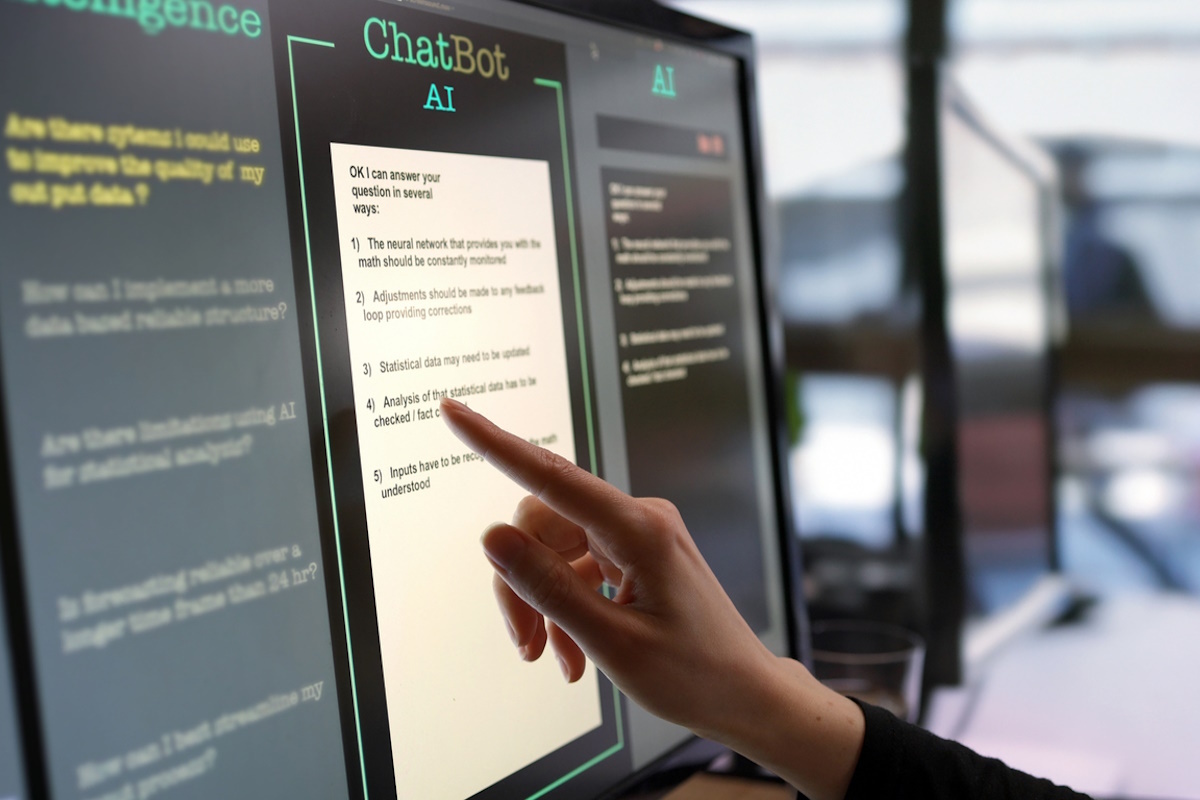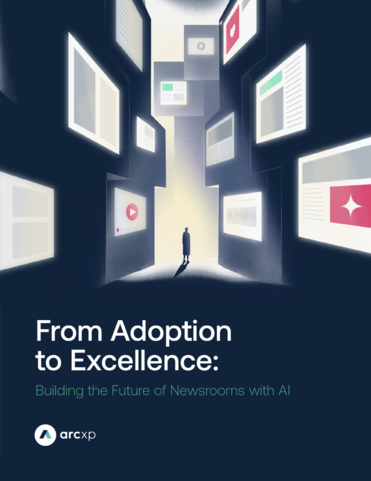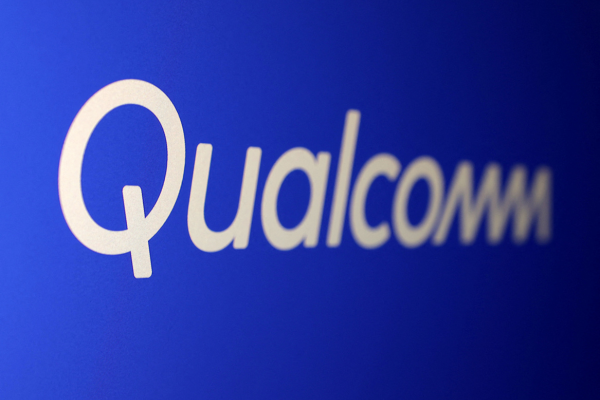Navigating AI adoption

Tom Hedges at GWI explains how businesses can navigate the increased use of AI in the workplace
UK businesses are grappling with tensions around AI, raising difficult questions they need to answer. Currently, the main two questions are whether they’ll fall behind if they don’t harness this latest technology, and if they are to adopt it, how can they manage expectations around job security?
We can get closer to answering these questions by focusing on two groups of UK workers - technology decision-makers whose workplace is already using AI, and those who aren’t but are interested in doing so.
We can see in the data that the first group, the early adopters/innovators, show more optimism about their company’s future. They’re 32% more likely to think their workforce will grow in the next year, and 31% more likely to expect their revenue to grow, compared to those at companies that haven’t quite pulled the trigger on the tech just yet.
We’re beginning to see that early adopters of AI are more forward-thinking with high growth potential, while those interested but not yet using it report less optimism and drive for tech enablement. These insights alone change the wants and needs of workers, especially when it comes to their considerations for new products or services in the workplace.
For those on the outside of the AI boom looking in, we can see why they’re interested. When considering new products or services in their workplace, they’re 62% more likely to say it’s because they’re looking to cut costs, 31% more likely due to their existing tech no longer meeting their needs, and 16% more likely to want to improve efficiencies and processes - needs that AI is being said to meet.
We can see that those on the fence over using AI in the workplace are interested in driving cost savings and efficiencies, as their current tech stack might not meet their business needs - but this doesn’t mean AI is the answer to all of their pain points. The introduction of new technology, particularly one as divisive as AI is at the moment, requires companies to consider their employees - the sole focus can’t be on the bottom line but on company culture too.
It’s also employees at those companies that express a mixed picture of their satisfaction with their workplace. If we again compare the two groups, those interested in but not yet using AI are less likely to say their workplace has good career progression (55% vs. 62%), that they have a good work-life balance (65% vs. 75%), that there is good staff training (59% vs. 75%), and that they have good workplace communication (65% vs. 74%).
Not only is there less of a focus on nurturing employees but they’re also less likely to have benefits like professional development funds or opportunities to engage employees socially. Early AI adopters have more progressive cultures, and it’s clear from the data that there’s a greater focus on employee satisfaction and workplace development.
What you should take from this information is that AI isn’t a fast track to profitability - companies that use the technology are not free from real-world challenges. They’re in fact more likely than non-AI users to say scaling rapidly, effective use of IT/technology, and improving cybersecurity are all operational challenges. This isn’t isolated to UK workplaces either, with similar trends seen across Europe and North America.
You can see the balance of power at play. AI considerers have a greater interest in tools that drive cost savings and efficiency but feel less supported in the workplace. The reality is that fears around AI technology are just a small part of the picture - it’s the latest of many issues modern workers are facing.
The businesses currently thriving under AI adoption aren’t doing so because they know how to prompt a chatbot, but because of the wider culture they have fostered to enable progressive integration.
Business leaders who are considering AI as a cost-saving measure need to first address a host of other issues to help with making the most of this new technology and having the right culture in place to do so.
From career progression and communication to working hours and work-life balance, it’s not just training staff on the tools, but looking across the board and listening to workers’ pain points - despite uncertainty, we can expect AI technology to become more embedded in workers’ lives.
Tom Hedges is a Senior Trends Analyst at GWI
Main image courtesy of iStockPhoto.com

Business Reporter Team
Most Viewed
Winston House, 3rd Floor, Units 306-309, 2-4 Dollis Park, London, N3 1HF
23-29 Hendon Lane, London, N3 1RT
020 8349 4363
© 2025, Lyonsdown Limited. Business Reporter® is a registered trademark of Lyonsdown Ltd. VAT registration number: 830519543





